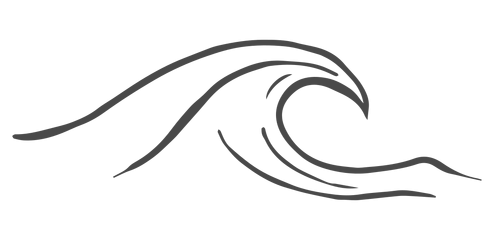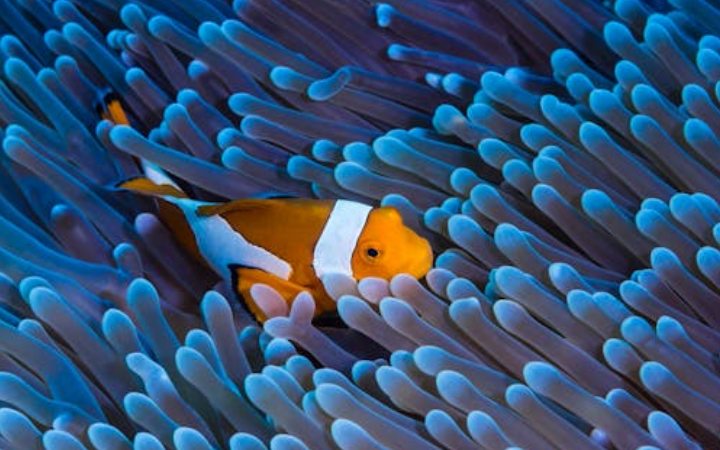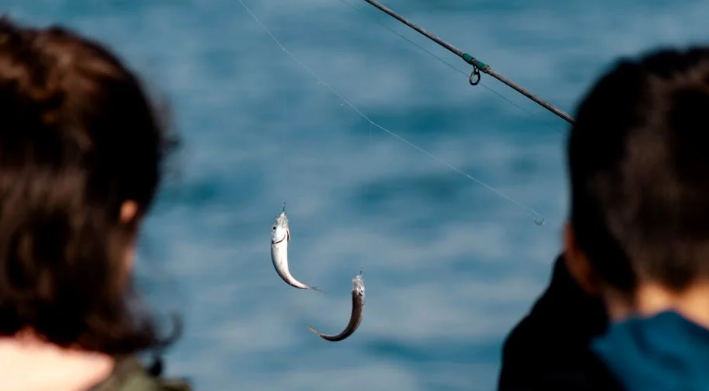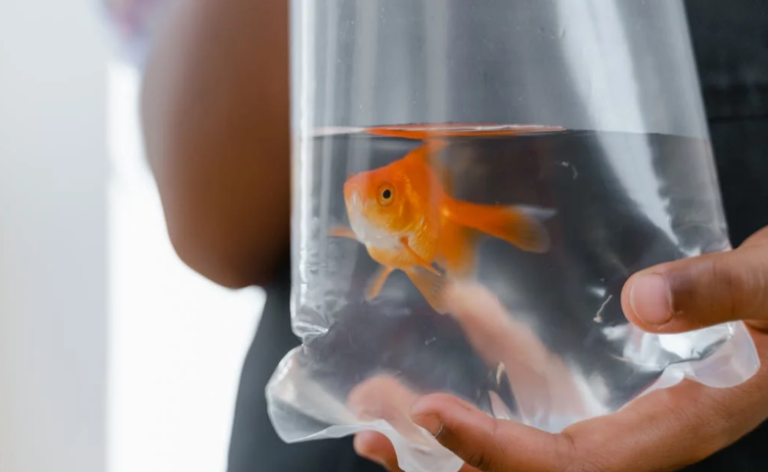The term “Kodiak fish” can be somewhat ambiguous because it does not refer to a single species of fish. Instead, it often denotes fish species found around Kodiak Island, a large island on the south coast of Alaska known for its rich marine biodiversity. The waters around Kodiak Island are home to numerous fish species, some of which are highly prized by commercial and sport fishers. In this content, we’ll explore what is a Kodiak Fish, some of the prominent fish species associated with Kodiak Island, their characteristics, and their significance.
Introduction to Kodiak Island
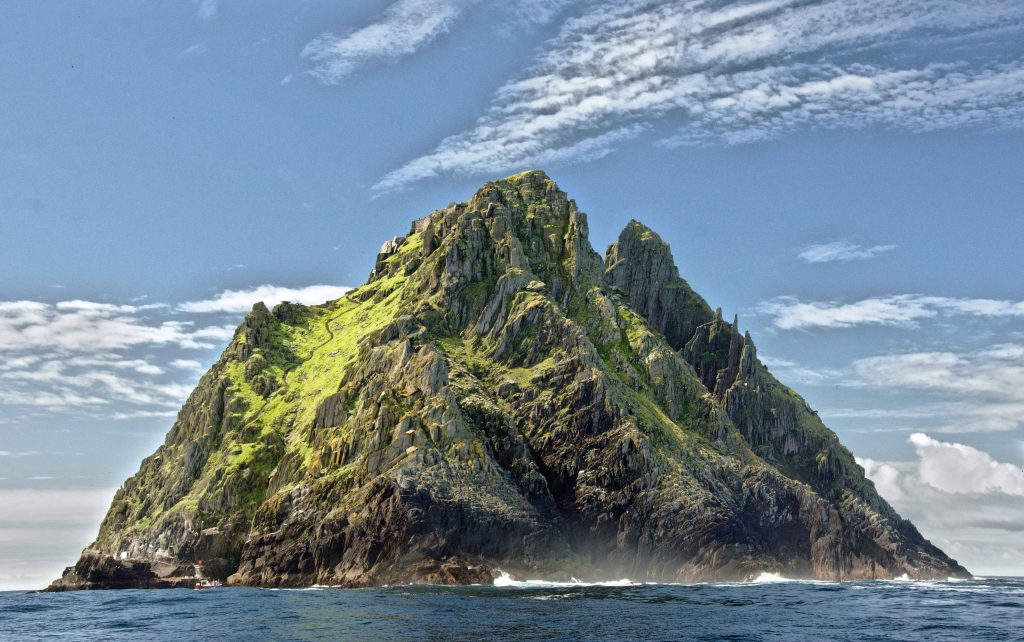
Kodiak Island, often referred to as the “Emerald Isle” of Alaska, is the second-largest island in the United States. Its surrounding waters are teeming with marine life, making it a prime location for fishing. The island’s ecosystem supports a diverse range of fish species, making it a popular destination for fishing enthusiasts and commercial fisheries alike.
Prominent Fish Species Around Kodiak Island
Several fish species are commonly associated with the waters around Kodiak Island. Here, we will discuss some of the most notable ones:
- Pacific Halibut
- Salmon
- Rockfish
- Cod
- Lingcod
Pacific Halibut
Characteristics:
- Size: Pacific halibut are among the largest flatfish, with some individuals growing over 8 feet long and weighing up to 500 pounds.
- Appearance: They have a distinctive flat, diamond-shaped body with both eyes on the right side.
- Habitat: These fish are typically found on the ocean floor, from shallow waters to depths of over 3,000 feet.
Significance:
- Commercial Value: Pacific halibut is highly valued in commercial fishing for its firm, white flesh.
- Sport Fishing: Anglers prize halibut for their size and the challenge they present when caught.
Salmon
Characteristics:
- Species: Several salmon species inhabit Kodiak waters, including Chinook (King), Coho (Silver), Sockeye (Red), Pink (Humpy), and Chum (Dog) salmon.
- Life Cycle: Salmon are anadromous, meaning they are born in freshwater, migrate to the ocean, and return to freshwater to spawn.
- Appearance: Salmon have streamlined bodies and varying coloration, often changing as they prepare to spawn.
Significance:
- Ecological Role: Salmon are a crucial part of the ecosystem, providing nutrients to both marine and terrestrial environments.
- Economic Importance: The commercial and sport fishing industries heavily rely on salmon, especially for their economic contributions.
Rockfish
Characteristics:
- Variety: Over 30 species of rockfish live around Kodiak Island, varying in size, color, and habitat preferences.
- Appearance: Rockfish are typically robust and can have vivid colors, including reds, oranges, and yellows.
- Lifespan: Some rockfish species are known for their longevity, living over 100 years.
Significance:
- Commercial Fishing: Rockfish are important in commercial fisheries, especially for their firm and flavorful meat.
- Conservation Efforts: Some rockfish species are subject to conservation measures due to their long lifespans and slow reproduction rates.
Cod
Characteristics:
- Species: The Pacific cod is common around Kodiak Island.
- Appearance: Cod have elongated bodies with a distinctive barbel on their chin and are typically grayish-brown.
- Habitat: They are found near the ocean floor in relatively shallow waters.
Significance:
- Commercial Value: Cod is highly sought after in commercial fishing. It is known for its mild flavor and flaky texture.
- Versatility: Cod can be used in a variety of dishes, making it popular in culinary uses worldwide.
Lingcod
Characteristics:
- Appearance: Lingcod has large mouths with sharp teeth and can reach lengths of up to 5 feet.
- Coloration: Their coloration can vary from brown to greenish-blue, often with blotches or spots.
- Habitat: Lingcod prefers rocky bottoms and are often found at depths of 30 to 300 feet.
Significance:
- Sport Fishing: Lingcod are a popular target for sport fishers due to their aggressive nature and the challenge they present.
- Culinary Use: The meat of lingcod is highly valued for its firm texture and mild flavor.
The Fishing Industry in Kodiak
The fishing industry is a cornerstone of Kodiak’s economy, supporting both commercial and recreational activities. The abundance of fish species around Kodiak Island ensures a thriving fishing industry that contributes significantly to the local and national economy.
Commercial Fishing
Key Aspects:
- Employment: The industry provides numerous jobs in fishing, processing, and related services.
- Exports: Fish from Kodiak are shipped worldwide, supporting a global market.
- Sustainability: Many fisheries around Kodiak are managed with sustainability in mind to ensure long-term viability.
Sport Fishing
Key Aspects:
- Tourism: Sport fishing attracts tourists from around the world, boosting local businesses such as hotels, restaurants, and fishing charters.
- Economic Impact: The influx of tourists for sport fishing significantly contributes to Kodiak’s economy.
- Community Events: Fishing tournaments and events foster community spirit and attract visitors.
Conservation and Management
The rich marine life around Kodiak Island necessitates careful management to ensure sustainable fishing practices. Various regulations and conservation efforts protect fish populations and their habitats.
Regulatory Measures
Examples:
- Quotas: Fishing quotas limit the amount of fish that can be harvested, preventing overfishing.
- Seasons: Specific fishing seasons help ensure fish populations can replenish.
- Protected Areas: Marine protected areas safeguard critical habitats from fishing and other human activities.
Research and Monitoring
Initiatives:
- Scientific Studies: Ongoing research helps understand fish populations, their health, and environmental impacts.
- Monitoring Programs: Regular monitoring ensures compliance with regulations and tracks the effectiveness of conservation efforts.
- Community Involvement: Engaging local communities in conservation efforts promotes sustainable practices and enhances compliance.
Conclusion
You might have received your answer of what is a Kodiak Fish. The term “Kodiak fish” encompasses the diverse and abundant fish species found around Kodiak Island. From the massive Pacific halibut to the iconic salmon, the waters of Kodiak are teeming with life. These fish play a crucial role in the local economy, supporting both commercial and sport fishing industries. Sustainable management and conservation efforts are essential to preserving these valuable resources for future generations. Whether you’re a fishing enthusiast or simply appreciate marine biodiversity, Kodiak Island offers a unique and rich experience.
